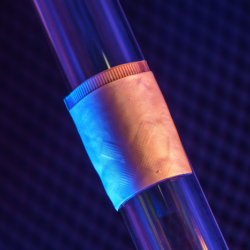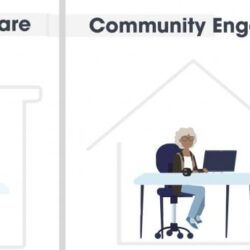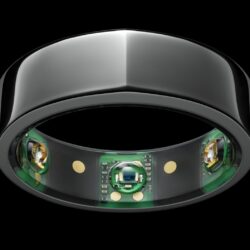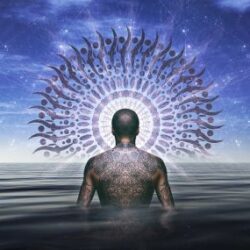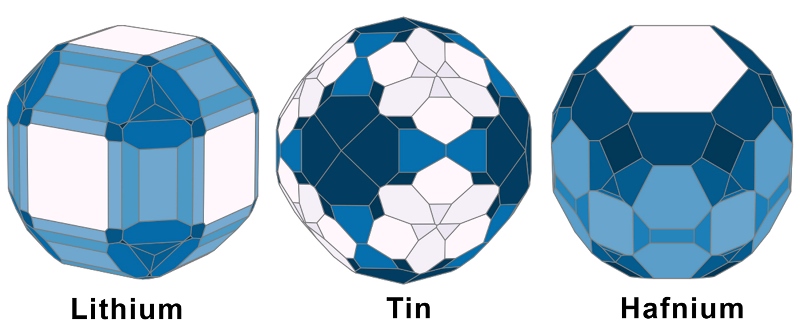Wearable heart monitoring system that even works during a workout
Engineers and physicians have developed a wearable ultrasound device that can assess both the structure and function of the human heart. The portable device, which is roughly the size of a postage stamp, can be worn for up to 24 hours and works even during strenuous exercise. The goal is to make ultrasound more accessible Read more about Wearable heart monitoring system that even works during a workout[…]
